EDITORIAL
Published on 06 Dec 2021
Editorial: Muscle Mechanics, Extracellular Matrix, Afferentation, Structural, and Neurological Coupling and Coordination in Health and Disease
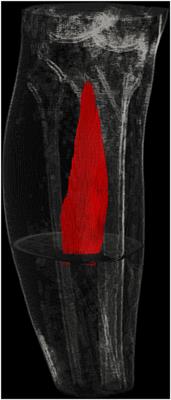
doi 10.3389/fphys.2021.802202
- 1,363 views
37k
Total downloads
226k
Total views and downloads
Select the journal/section where you want your idea to be submitted:
EDITORIAL
Published on 06 Dec 2021

HYPOTHESIS AND THEORY
Published on 02 Aug 2021
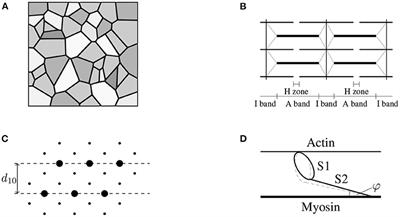
ORIGINAL RESEARCH
Published on 07 Apr 2021
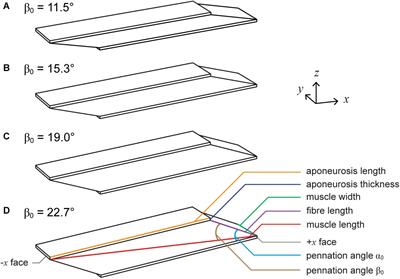
ORIGINAL RESEARCH
Published on 17 Dec 2020
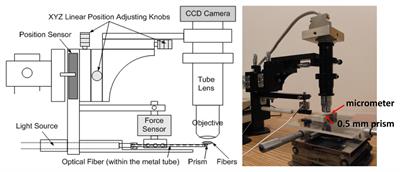
ORIGINAL RESEARCH
Published on 23 Nov 2020
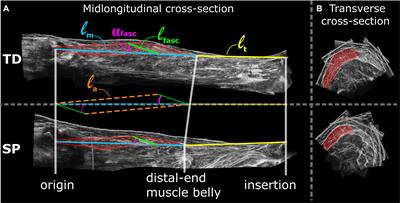
ORIGINAL RESEARCH
Published on 12 Nov 2020

ORIGINAL RESEARCH
Published on 28 Oct 2020

ORIGINAL RESEARCH
Published on 06 Oct 2020

ORIGINAL RESEARCH
Published on 31 Aug 2020

ORIGINAL RESEARCH
Published on 20 Aug 2020

ORIGINAL RESEARCH
Published on 12 Aug 2020

ORIGINAL RESEARCH
Published on 06 Aug 2020


Frontiers in Bioengineering and Biotechnology
Frontiers in Neurology
Frontiers in Pediatrics